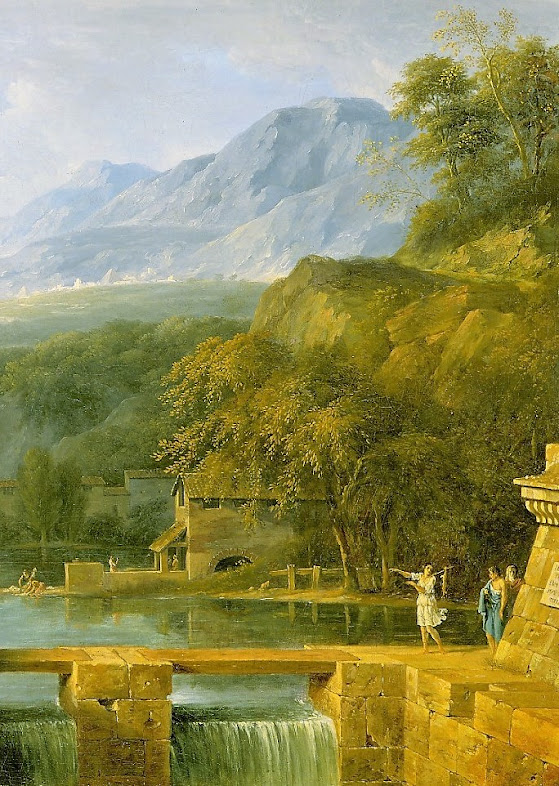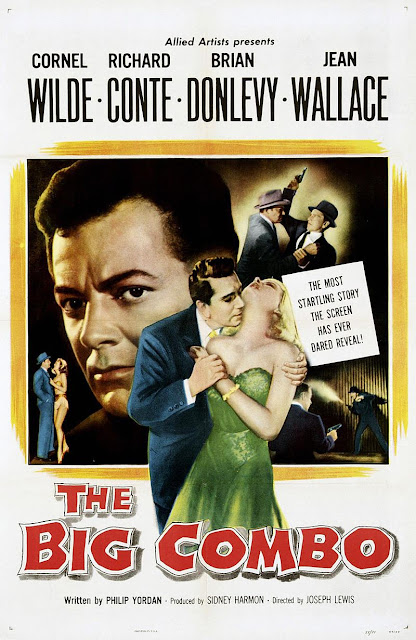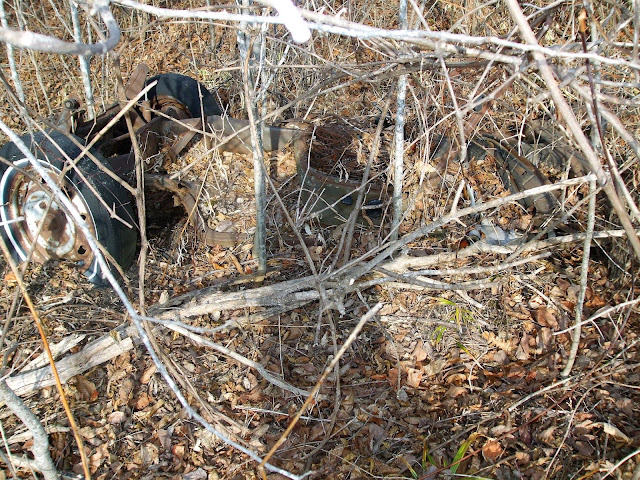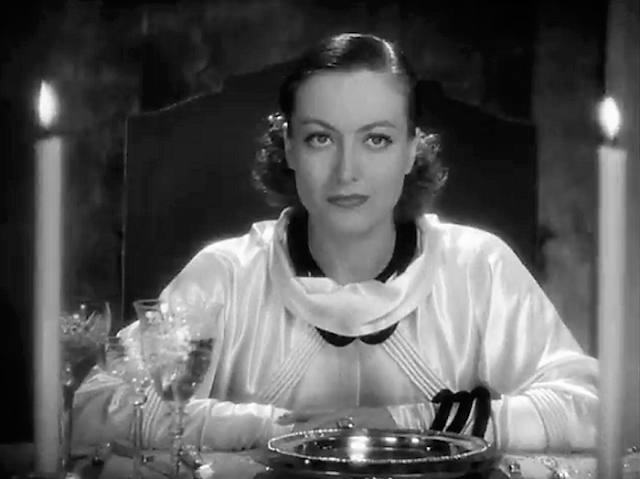A touch of winter has returned, as predicted. About 2" of heavy, wet snow is sitting out there. Our vehicle is inside the garage, so no snow clearing required, except around the mail box and the bird feeding area. Last night was our full moon celebration, with a lovely wood fire, a freshly baked coconut moon cake, and lots of music. We listen a lot to internet radio, especially a channel called Ancient FM, which plays medieval and renaissance music. We played a new CD, The Call of Rome, with only vocals. I had heard one of the pieces on radio on my astronomy drives, and ordered the CD, which is amazing from start to finish. The absolute highlight is a fairly long selection by Allegri, a compilation of Misere settings of startling beauty and emotional depth.
I read ten books last month, and am almost finished my 11th. Nine of them are by authors from the Avon/Equinox SF Rediscovery Series. I am now 4 1/2 years into this project, and well over 500 books. I honestly don't know when it will end, or if it will end, but I am down to ten authors (from 24), and I still have a pile of books on the floor beside my bed. I mean a pile of books, as in two long columns, not to mention my stack of "other" books, unrelated to the series. And I am so thankful for Kindle, which has so many old and out of print SF novels available, which saves me trying to track them down on websites, pay for postage, etc, not to mention the space they save. I have a small truckload of those awaiting me as well as the physical books.
The month began, as it has for the past several months, with a novel by Piers Anthony. I am slowly coming to the end of his solo novels, which means I will have to commit to his long series or not. A few sound quite good. His main series, Xanth, after having read the first two books, no longer interests me at all. So that saves me reading about fifty books. I have read the first book of his Adept Apprentice series, and am about to read the 2nd. I will decided after book 2 if I will continue with this series or not. Last month I read Shade of The Tree, a Stephen King clone of a horror novel. Due to the fact that most horror movies and modern horror novels manipulate their audiences far too much, I am not a fan. Though well written and sometimes very scary, this novel is no exception. The father, who knows that very strange and scary things are happening at his house, still leaves his young kids alone with a babysitter. Not once. Not twice. But three times. Even though something bad happened before he left, and after each time he left. That more or less ruined the tale for me. The ending was good, and quite original, however. There is a good deal of violence, including violence done to animals. I am not a fan of that, either.
Next came To The Stars, Harry Harrison's 2nd book of the Wheelworld trilogy. Readers of this column may remember that last month I reviewed the first novel, not much caring for it, especially the ending. With the hero now sent off to a distant farming planet, we follow his survival adventure here among superstitious folk controlled by the "elders." Harrison gets back to what he is astoundingly good at, namely planetary adventure writing. This is a remarkable book, and can really stand alone without the first book. There are wonderful descriptions and happenings (it really is a "road movie" kind of book) that will never be forgotten. Like his Deathworld setting, this planet is unique, fierce, and unforgiving. A wonderful creation!
The Star Venturers by Kenneth Bulmer is another fun pulp-style SF adventure, with big Bill Jarrett hoodwinked into finding a lost brother for a very powerful princess. Bulmer frequently moves from planet to planet in his stories, and we seldom get the real feel of a place like we do with Harrison. But Bulmer's stories are just as good, and move along at a rapid pace. Fun to read, but not memorable.
After every two books I read a chapter from Swafford's huge biography of Beethoven. I have now read 9 chapters, and we have started the massive 2020-2021 Beethoven listening project, now that we have his complete works in the house. In my reading Beethoven is now 22, has left Bonn forever, and is settled in Vienna. Our listening program is far behind that; the composer is only 14 and already writing very memorable music, such as the three lovely piano quartets we recently heard.
Next came Footsteps of Angels by E. C. Tubb, an author whom I really like, as in one of my favourite writers. This one is classic stuff, as a father (a very, very rich father) goes in search of a cure for his daughter's sudden disease, which saw her go from young and healthy one moment, to a virtual zombie the next. Similar things are happening elsewhere in the solar system, but no pattern or cause can be found, let alone a cure. This is a really good story, with some actual science thrown in, too.
Starchild is the 2nd novel of the trilogy with the same name, by Jack Williamson and Frederick Pohl. Having began two trilogies at virtually the same time (this one and the one by Harrison), I liked the first book here more than the first book by Harrison, but in the 2nd story Harrison did better than Williamson/Pohl. Starchild is a really good story, just not as good as the first one in the series. As a few freedom loving humans fight against total control by Earth's Machine, a 2nd, duplicate machine is discovered in space. The first, original machine has gone mad, and the lost one plans on taking over. But there is the Starchild to thwart things. We don't know much about the Starchild yet, but it seems to be an intelligent star, or something like it. I will know more this time next month!
Next was an excellent story by Michael Moorcock called The Black Corridor. Not too far from a Barry Malzberg theme, we get to watch first hand as a slightly mad astronaut to begin with goes stark raving looney aboard his ship bound for a nearby star. The rest of his crew is in suspended animation, and he is three years into his solo five year journey. Taut, suspenseful, and full of surprises, this is a great tale from 1969, and would make a fabulous film.
Though I am saddened to report that I have now read all the novels by J. G. Ballard, I still have 1500 pages of short stories ahead of me, as well as the pleasure of rereading most of his fiction. His last novel is called Kingdom Come, and Ballard finally gets around to tackling the shopping mall phenomenon. I mean the really, really large shopping mall, one of those super malls that has everything, including devoted life long fans and consumer-drugged shoppers. Ballard is a flawed genius, but a genius no less, and his writing is completely wonderful, dream-like, poetic, absurd, violent, loving, frustrating, and nearly every other adjective you might add. Kingdom Come is another brilliant piece, scoring a solid 4/4, like his three previous novels. We know the man suffered as a child, and later when his wife was tragically killed. Somehow he turned all of that suffering into some of the greatest writing the English language has ever had the pleasure to reveal.
Barry Malzberg wrote the novelization of the screenplay for Phase 4, a SF movie from 1974. I honestly cannot remember if I have seen the movie, but it is available on-line for viewing sometime soon. Although the story is quite good, and Malzberg does an excellent job
of maintaining suspense and developing characters, it is
ultimately undone by the silly ending. I am not a great fan of ants and their doings. In fact, our yearly battle with the critters in our house (which we have continually won, so far), makes me dislike the little buggers quite a bit. This is not a good book to read (or movie to view) if you are afraid of ants. I'm glad I read it outside of ant season.
Written in 1962, James Blish's A Life For The Stars is the 2nd novel in his 4-book Cities In Flight series. This must be at least my fourth reading, and I enjoy it every single time. The concept of cities leaving Earth whole and flying out into space to seek their fortunes has to be one of the very greatest SF ideas never made into a movie. The first book of the series sets the background, back in the 1980s. This book boots us into the 4th millenium, and we are finally off on a few adventures. Wonderful stuff! A TV series based on these adventures would also be quite welcome.
My non-related book this month was the first novel written by Joseph Conrad, called Almayer's Folly. I read Conrad in high school, but didn't fall in love with his prose until after university, when I read several of his novels, novellas, and short stories. I had always hoped to come back to Conrad some day. Thanks to Chantal Akerman's movie of the same name, my interest was instantly rekindled (pun not intended), and I purchased his complete works for $1.99 on Kindle. Though the character of Almayer is perfectly portrayed in the film, his daughter Nina's character is completely changed. In the movie, both father and daughter go mad at the end, whereas in the novel Nina escapes her incredibly torpid life with her father, leaving and marrying a man who loves her, and having a child. In the novel much is made of Nina being white, so Conrad must have envisioned her as less dark than the native people. In the movie she is very dark, but as beautiful as described by the author. It's hard to say what it is that gets me about Conrad's writing; he just vibrates my brain like few authors can. It's as if I lived back then, and was a minor character in one of his stories, knowing exactly how things were and how people felt about what they were doing. His scathing look at the effects of colonialism and the human suffering it caused doesn't hurt, either. A pretty solid first novel, and I feel like I am home again.
The lovely and enchanting Nina, as played by Aurora Marion in the film version of Almayer's Folly.
And speaking of movies, I have one more report to make. We watched a great print of James Whale's 1932 The Old Dark House, a funny, spooky, and totally weird horror movie. We had seen it before, but in a very bad print on DVD. Starring Boris Karloff, Melvyn Douglas, and Charles Laughton, it's definitely worth a peek. "Would you like a po_ta_toe?" We are about to view a 1984 Japanese documentary called Antonio Gaudi.
I'll finish up with an appropriate work of art from the DIA's collection.
A Winter Moon, Lauren. Addison Thomas Millar, American, 1860-1913, from his Holland series.
Etching and aquatint printed in black ink on wove paper. 8 1/2" x 7". From around the turn of the century.
Mapman Mike























































